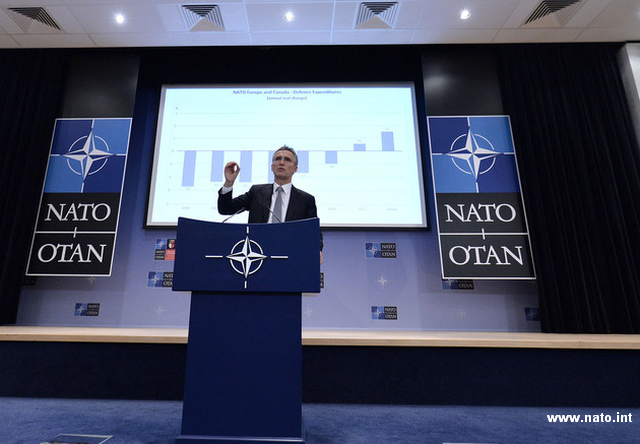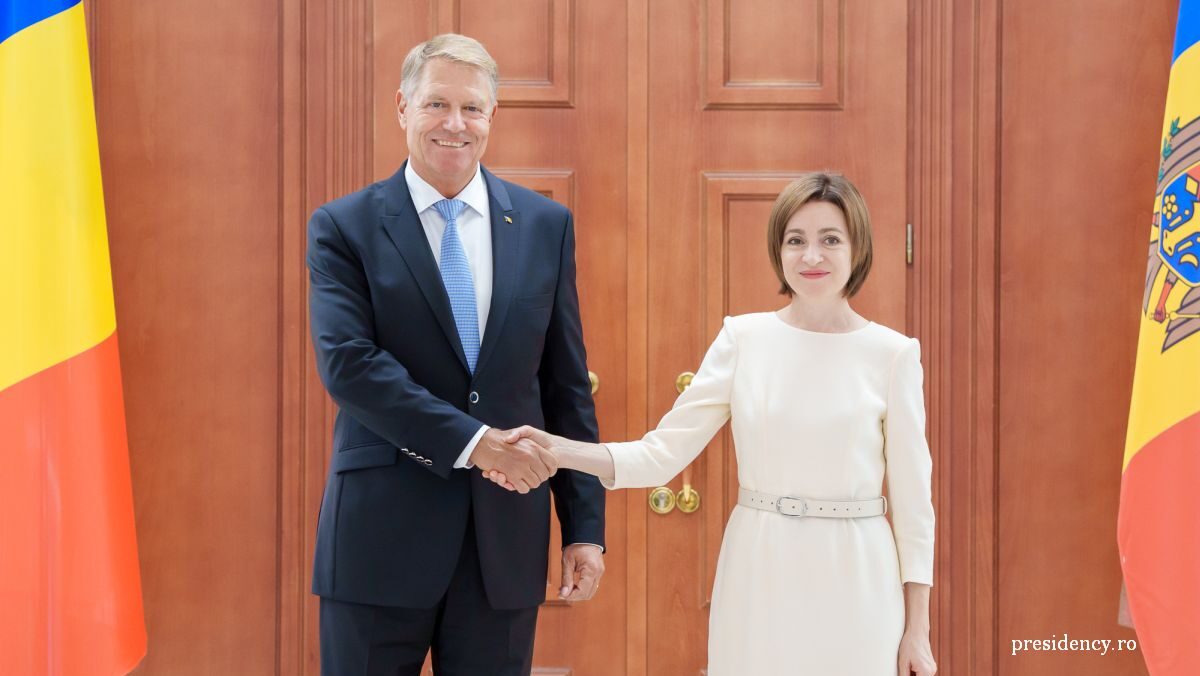Measures to Consolidate NATO’s Eastern Flank
In March 2014 NATO decided to take measures to strengthen its eastern flank.

Corina Cristea, 04.11.2016, 12:37
With NATO member countries neighbouring Russia feeling increasingly vulnerable because of the Ukrainian crisis and the annexation of Crimea, in March 2014 the North Atlantic Alliance decided to take a number of measures to strengthen its eastern flank.
At a recent meeting held by defence ministers from member states in Brussels, Secretary General Jens Stoltenberg welcomed the substantial contributions made by NATO member states for the future deployment of four battalions in the Baltic countries and Poland, in 2017. He emphasized the fact that this move was not intended to provoke, but to prevent conflicts with Russia. The battalions have complements of around 1,000 troops each. The decision to deploy was made at the most recent summit, held this summer in Warsaw. Also, several countries confirmed their availability to send land, naval, and air units to Romania to consolidate NATOs presence in the Black Sea area. According to Secretary Stoltenberg, these countries are Canada, Germany, Holland, Poland, Turkey and the US.
Radio Romania spoke to Dr. Stan Petrescu, professor at the National Intelligence Academy. According to him, the confrontational policy pursued by the Russian Federation in the last few years prompted NATO to change in its strategic and combat deployments on its eastern and south eastern border. The reason for this, he says, is that we are living in a time when the information war has reached global dimensions, and that the entire context demands that NATO strengthen its presence in the region:
Stan Petrescu: “The philosophy of the North Atlantic Alliance is undergoing changes. We are talking about the south eastern flank of the alliance, but also about the Black Sea area, where the Russian Federation already has in place air, naval and other assets. This time Russia has really strengthened its presence in the Black Sea, which has almost become a Russian lake. At the same time, let us not overlook Putin’s recent statements, when he said that he is defending his national and security interests, and therefore that no one should prevent him from creating a new system on his western frontier, which is NATO’s eastern border.
Professor Petrescu added that we have entered a pre-crisis period, because armoured units are being deployed in the field, as well as soldiers and mobile sub-units with strategic missions; he said that these are very well trained, high firepower units, with very high mobility.
Stan Petrescu: “From our point of view, that of military men, the operational and strategic systems are being reshaped at the border between the Russian Federation and NATO. This is also a result of a substantial cyberwar engagement. It has reached global dimensions, and the Russian Federation is applying pressure not only through its propaganda, using digital television, the Internet and social media, but also through psychological warfare, which has reached extraordinary dimensions. This brings in new data about this hybrid war, which is an operation made up of strong propaganda structures, but also of special forces with no insignia, used to create extraordinary surprise situations, as it has already happened. Putin has become extremely vocal, putting his security interests before everything else, and no one can prevent him from deploying his forces and from setting in place operations outside his borders. Let us only think of the case of Syria, of the squad centred on the aircraft carrier Kuznetsov. He has created a very strong bridgehead, displaying his forces for the world to see. Russia’s armed forces have reinvigorated, alongside its intelligence capabilities, both the offensive, spying capabilities, as well as the defensive ones, which are just as strong.
At the meeting in Brussels, the defence ministers have made decisions related to intensifying training at a joint centre, and to increasing the allied air presence on the south east flank of NATO, approving the use of Romanian and Bulgarian airbases for air surveillance at the Black Sea. The whole set of measures in the Black Sea area is to be approved at the February meeting of allied defence ministers. At the same time, the British authorities have confirmed their decision to deploy to Romania, in 2017, RAF Typhoon fighter jets for air policing missions and active joint training with the Romanian Air Forces.
(translated by: Calin Cotoiu)






























